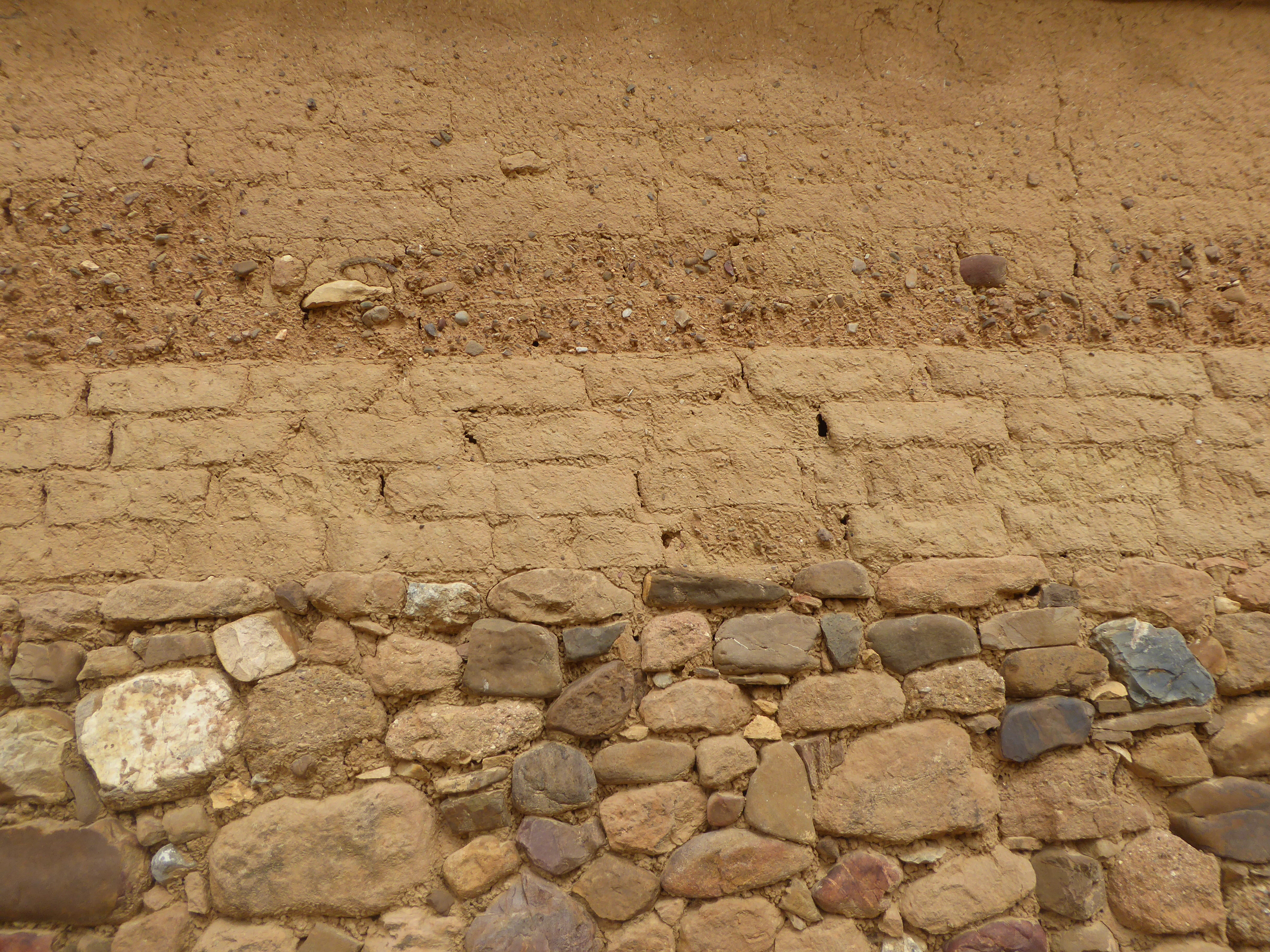The Iberian Peninsula possesses extensive earthen monumental and vernacular architectural heritage. The extension of the territory and its heterogeneous geography and climate, variety of available materials, and cultural diversity are the main factors which have brought about the great wealth of both the architecture, urban and rural settings, and the constructive techniques mainly using earth (rammed earth, adobe, half-timber, cob and its variants). However, despite being an essential part of the Iberian culture, this heritage has been greatly abandoned due to changes in ways of life, the depopulation of rural areas, the lack of social recognition, etc. Simultaneously, constructive techniques linked to these cultural settings have gradually disappeared to be progressively replaced by newer, seemingly longer lasting and more advanced standardised techniques. In this context, the existing earthen buildings are often restored using different techniques and materials causing not only cultural and constructive hindrances, but also material, constructive and structural incompatibility. The current heritage is vast, rich and valuable but has suffered and continues to suffer from the effects of abandonment and lack of maintenance. This, in conjunction with unsuitable interventions, worsens the resistance and durability of architecture.
RISK-Terra aims to provide a scientific study of natural hazards (floods, landslides, earthquakes, winds, rise of temperatures), social hazards (abandonment, loss of social reputation, demographic pressure, tourism development…) and anthropic hazards (carelessness and negligence, lack of protection and maintenance…), as well as deterioration mechanisms (erosion, loss of materials/parts, collapse…) and transformation dynamics (replacement, use of incompatible techniques and materials…), to which the earthen architecture of the Iberian Peninsula is currently subject.
The aim of the project is to establish strategies for conservation, intervention and rehabilitation in order to prevent and mitigate possible damage through compatible actions and/or actions aimed at increasing resilience. Research is to be developed on three scales: territorial scale of the Peninsula; intermediate scale of regions, settlements and complexes; and detailed scale of the architecture and constructive elements. The natural, social and anthropic risks based on hazards, frequency and intensity, and vulnerability (susceptibility and resilience) of earthen architecture will be studied on these 3 scales. Ultimately the project aims to provide guidelines relating to the risks of earthen architecture in the Iberian Peninsula in order to plan and prioritise actions to mitigate their effects with predictive, preventive and corrective measures. It also aims to transfer its results to specialists and society in general through publication, dissemination and training actions.

House in Santana de la Peña, Palencia (Spain). Photo by Camilla Mileto and Fernando Vegas.
